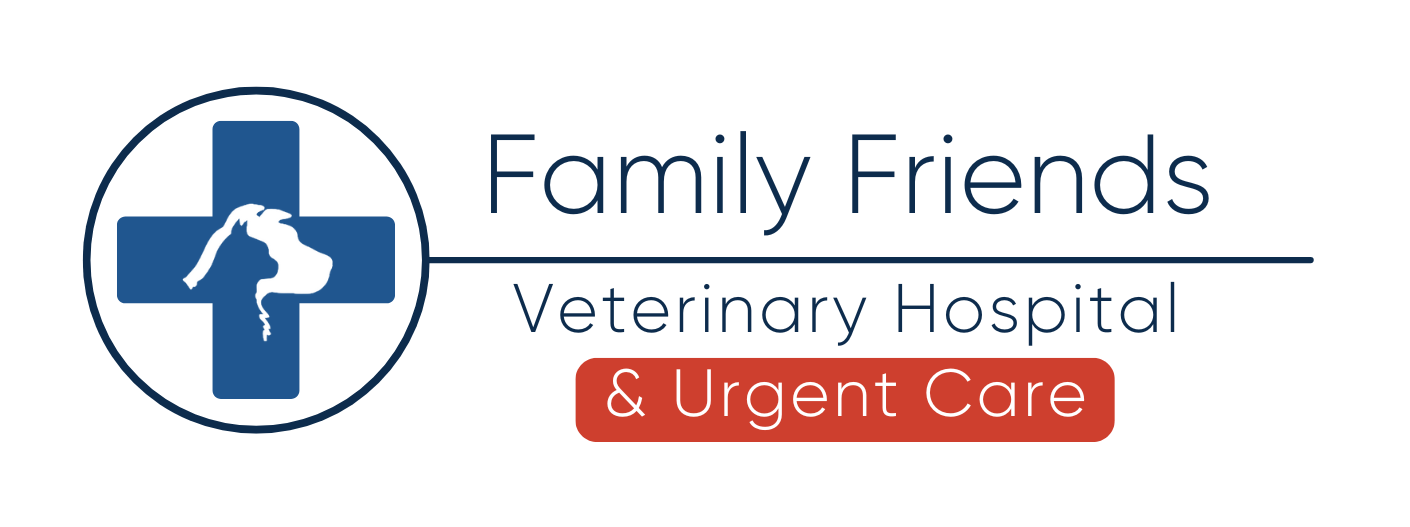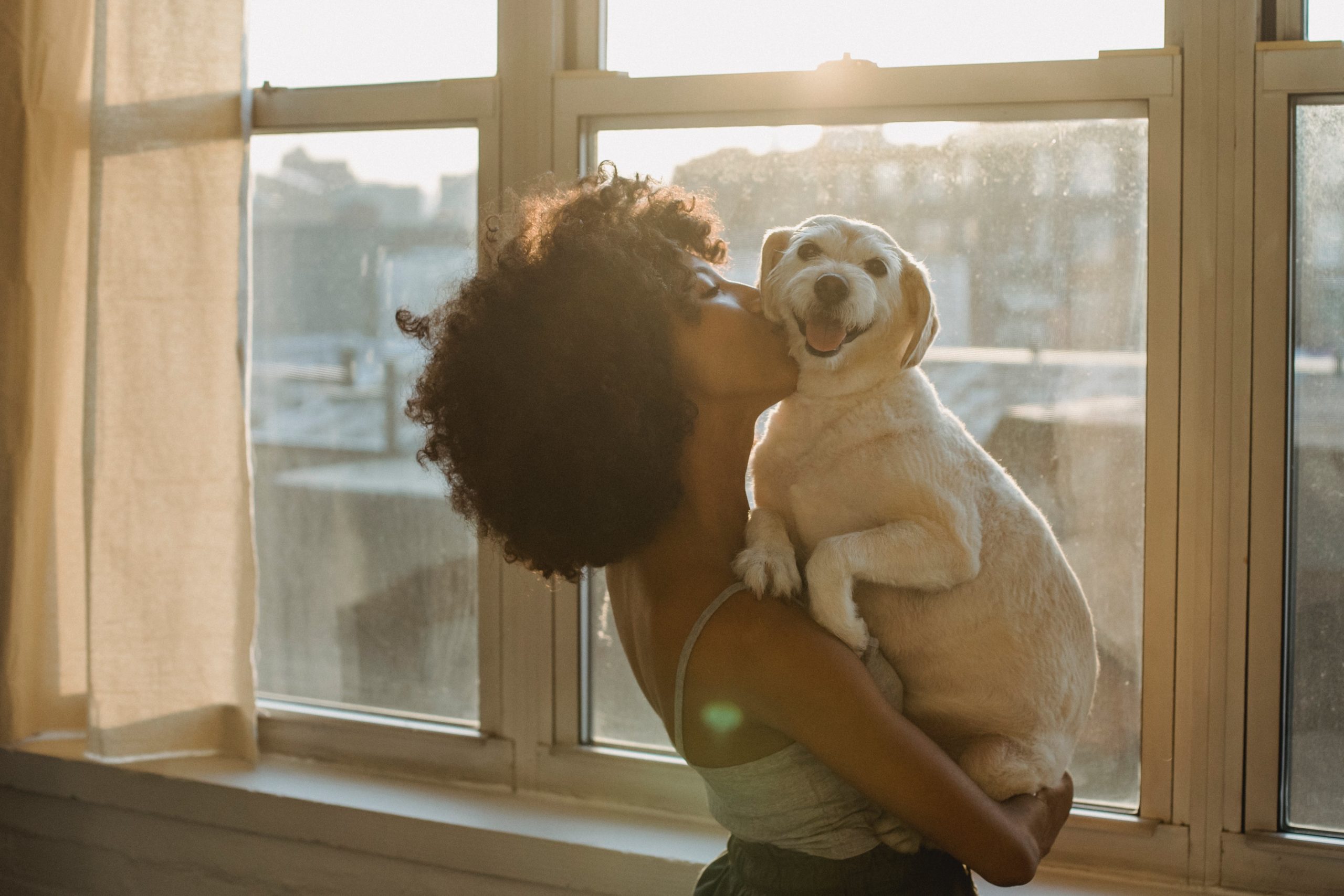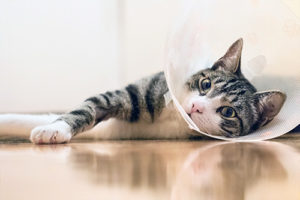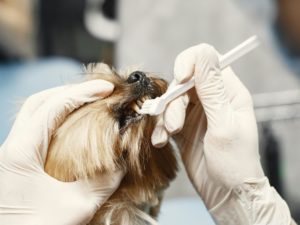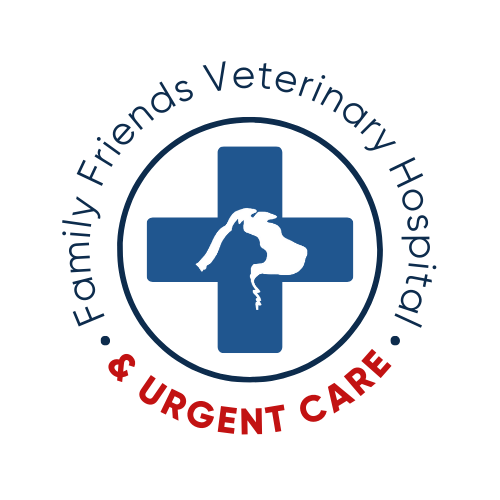Introduction
Welcome to Family Friends Veterinary Hospital’s comprehensive guide to pet dental cleaning! Maintaining your furry friend’s oral health is crucial for their overall well-being. In this blog post, we’ll take you through the entire process – from preparation before the procedure to what happens during and after a pet dental cleaning under anesthesia.
Before the Procedure
- Preparation and Evaluation:
- Schedule a pre-dental examination: Before scheduling a dental cleaning, your veterinarian will conduct a thorough examination to assess your pet’s overall health and determine if they are a suitable candidate for anesthesia.
- Bloodwork: To ensure your pet is fit for anesthesia, blood tests may be recommended to check organ function and identify any potential risks.
- Pre-anesthetic fasting: Your veterinarian will provide specific instructions regarding fasting to reduce the risk of complications during anesthesia.
- Anesthesia Discussion:
- Anesthesia protocol: Your veterinarian will discuss the anesthesia plan, including the type of anesthesia used, monitoring equipment, and any potential risks involved.
- Informed consent: You will be asked to sign a consent form, acknowledging your understanding of the procedure and potential risks associated with anesthesia.
During the Procedure
- Anesthesia and Monitoring:
- Induction: Your pet will be induced under controlled anesthesia by a trained veterinary anesthetist.
- Monitoring: Throughout the dental cleaning, vital signs such as heart rate, blood pressure, and oxygen levels will be closely monitored to ensure your pet’s safety.
- Dental Examination and Cleaning:
- Dental X-rays: To evaluate the health of tooth roots and surrounding structures, dental X-rays may be taken.
- Scaling and polishing: A veterinary dental technician will use specialized tools to remove tartar and plaque from the teeth, followed by polishing to smooth the tooth surface.
- Treatment and Extractions (if necessary):
- Dental treatments: If dental issues like cavities or fractures are identified, your veterinarian may recommend appropriate treatments.
- Extractions: In cases of severe dental disease, extractions may be necessary to alleviate pain and prevent further complications.
After the Procedure
- Recovery and Post-Operative Care:
- Waking up: Once the dental cleaning is complete, your pet will be closely monitored as they wake up from anesthesia.
- Post-operative care: Your veterinarian will provide detailed instructions on post-operative care, including pain management, feeding, and any prescribed medications.
- Follow-up Appointments:
- Recheck appointments: Follow-up appointments will be scheduled to monitor your pet’s healing progress and address any concerns.
- Home Care and Prevention:
- Dental home care: Your veterinarian may recommend at-home dental care routines to maintain your pet’s oral health.
- Preventive measures: Regular dental check-ups and preventive measures, such as dental diets and treats, can help prevent the recurrence of dental issues.
Conclusion
A pet dental cleaning is a vital aspect of maintaining your furry friend’s health. At Family Friends Veterinary Hospital, we prioritize your pet’s well-being, and our comprehensive approach ensures a safe and effective dental cleaning experience. If you have any questions or concerns, feel free to reach out to our experienced veterinary team. Together, we can keep your pet smiling brightly!
